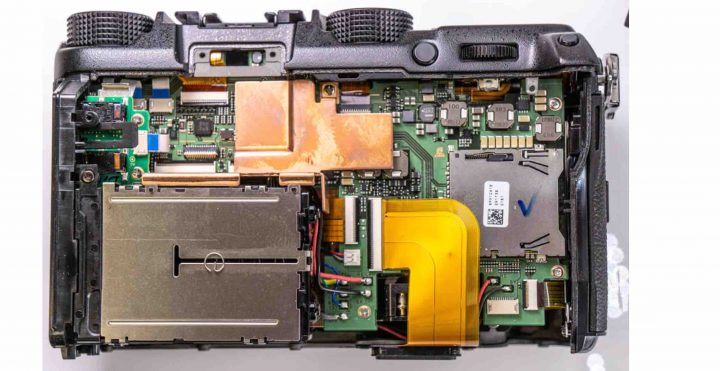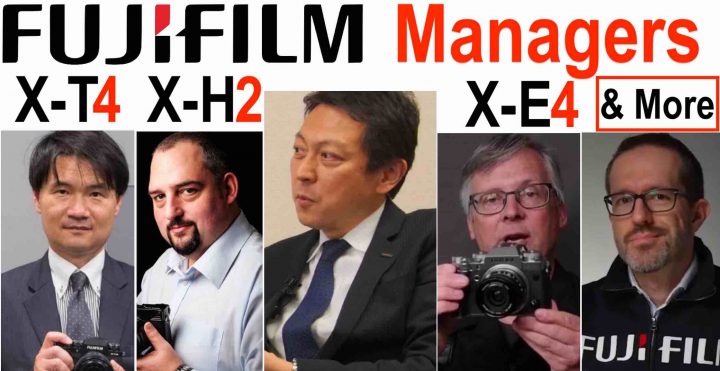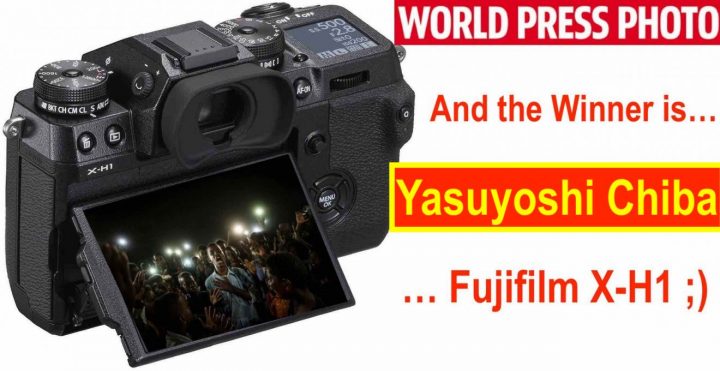DPRTV Reviews Fujinon GF45-100mm F4 on Fujifilm GFX100
DPReview TV has published their Fujifilm GF 45-100mm F4 OIS review. Here is what they think about it:
- basic general purpose everyday professional lens
- it’s rugged and has OIS
- it’s like a 35-80mm on full frame
- Chris would like something wider
- for landscape he prefers the GF32-64mm
- the 35-80mm full frame rage however gets into portraiture territory, too
- but overall there is a lot of crossover between the GF32-64mm and the GF45-100
- what Fujifilm needs to release is something that goes from 20 to 35mm in full frame terms
[NOTE: FujiRumors leaked an old internal GF lens roadmap, and it showed a GF 20-36mm F3.5-4.5, which would be a 16-30 in full frame] - at 100mm he can handhold shots at about 1/30 of a second and still get very good and usable resolution. That’s very impressive
- build quality feels excellent. Well build high quality lens. The weight is acceptable
- excellent in containing chromatic aberration. No real chromatic aberration even in high contrast scenes
- great job in controlling flair issue
- optically a fantastic lens
- sunstars are OK, but not great. But that’s classic for zooms
- bokeh exhibits a little bit of onion rings, maybe a bit harder on the edges of the bokeh balls. Not as much cats eye in the corners wide open as he would have thought he’d get, and completely goes away if stopped down a bit
- he shot handheld with the Fujifilm GFX100 IBIS, and he got very usable resutls at 1/15 of a second. So Chris is impressed
- this lens would be awesome also for the Fujifilm GFX50R. It has OIS, and makes it a great walk around lens
- has linear motor and focus incredibly fast paired with Fujifilm GFX100
- easily delivers the sharpness you need even on 100 megapixel body
- very consistent and high sharpness
- in video, there is a fair amount of focus breathing. But besides breathing, it’s a nice lens for video
- Chris says it’s still not the most versatile lens for him. He can’t rely just on this lens. He feels he has to take with him some other lens too, like the excellent 23mm prime lens or the 32-64 zoom
- if you go with larger format zooms, this is a compromise you need to do. You can’t get same focal range easily like you get on a smaller sensor
- depth of field equivalent of a f/3.2 on full frame. Gives you a lot of nice soft background
- fantastic general purpose zoom
Fujinon GF 45-100mm f/4: BHphoto, AmazonUS, Adorama, Focuscamera
Fujinon GF 32-64mm f/4: BHphoto, Adorama, AmazonUS
Fujinon GF 23mm f/4: BHphoto, AmazonUS, Adorama
Fujifilm GFX 100: B&H Photo, AmazonUS, Adorama, Focuscamera
The GFX Community
Follow FujiRumors: Facebook, Flipboard, Instagram, RSS-feed, Youtube and Twitter



